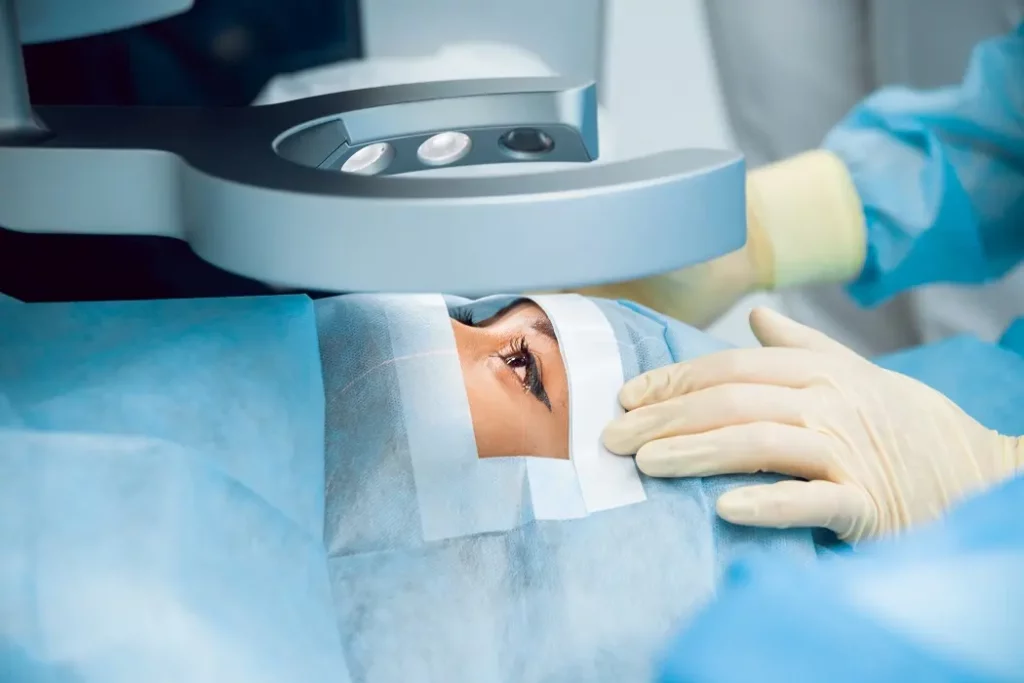All Categories
Featured
Table of Contents

Routine eye assessments are essential for preserving good vision and discovering potential eye health concerns early. Nonetheless, the regularity of these tests can differ significantly based upon a person's age, way of living, and overall health. Recognizing the advised routine for eye exams can assist make certain that people of any ages obtain suitable treatment and surveillance for their eye health.
Infants and Toddlers (0-2 Years)
For kids and babies, eye examinations are important for finding any kind of possible vision problems early on. The American Academy of Ophthalmology suggests that a child's very first eye test ought to take place at around six months old. During this first check out, the eye care specialist will certainly evaluate the kid's aesthetic advancement and check for any kind of evident eye concerns.Following this very first test, it is suggested that kids have another eye examination at age 3. This browse through will focus on examining the youngster's general aesthetic feature, including eye placement and the ability to track things. If no concerns are found, the following examination ought to be set up prior to the child starts college, commonly around age 5 or six.
School-Aged Children (6-18 Years)
Routine eye exams need to be set up every one to 2 years when kids reach institution age. Vision is essential for learning and growth, and lots of schools perform vision screenings. These screenings do not change a detailed eye test by an eye treatment professional.For youngsters associated with activities or sports requiring significant visual emphasis, annual eye exams may be a good idea. Additionally, if a kid shows signs of vision issues-- such as trouble reading, scrunching up your eyes, or regular migraines-- a check out to the eye medical professional ought to be arranged asap.
Young Person (19-39 Years)
Young adults typically have less vision modifications than older age teams, yet routine eye tests stay important. The basic suggestion is to schedule an eye test every 2 years during this period. People with certain danger variables-- such as a family members history of eye disease, diabetes mellitus, or those that wear contact lenses-- should take into consideration yearly eye exams.In addition, those that invest substantial time on electronic gadgets may experience electronic eye pressure. If symptoms such as dryness, tiredness, or blurred vision take place, it might be a good idea to see an eye care expert sooner.
Adults (40-64 Years)
As people enter midlife, the possibility of establishing vision problems increases. Adults aged 40 to 64 ought to set up eye tests every one to two years. This age group may start to experience presbyopia, a natural age-related problem that makes it challenging to focus on close things. Eye tests can also assist discover various other typical age-related problems such as glaucoma, cataracts, and macular deterioration.If people in this age team have risk variables such as high blood stress or diabetic issues, they may call for more constant examinations to check their eye wellness very closely.
Seniors (65 Years and Older)
For seniors, regular eye examinations end up being also a lot more critical. The American Optometric Organization recommends that individuals aged 65 and older have an eye exam at the very least when a year.Final thought.
Understanding the appropriate schedule for eye tests based on age is important for maintaining optimum eye wellness throughout life. From babies to senior citizens, regular eye examinations play an important duty in detecting issues early and making certain that vision remains sharp. By adhering to these standards and consulting with an eye care expert, people can take proactive steps towards protecting their vision and total wellness. Whether it's a child's initial see or a senior's annual exam, prioritizing eye care is a financial investment in lifelong health.Table of Contents
Latest Posts
A Luxurious Escape: The Claridge Indoor Swimming Pool
Published Feb 06, 25
1 min read
The Boogaloo Sports Bar & Grill at FunCity Resort Resort: Where Enjoyable Fulfills Taste
Published Jan 27, 25
1 min read
Furniture Styles Living Space
Published Jan 22, 25
0 min read
More
Latest Posts
A Luxurious Escape: The Claridge Indoor Swimming Pool
Published Feb 06, 25
1 min read
The Boogaloo Sports Bar & Grill at FunCity Resort Resort: Where Enjoyable Fulfills Taste
Published Jan 27, 25
1 min read
Furniture Styles Living Space
Published Jan 22, 25
0 min read